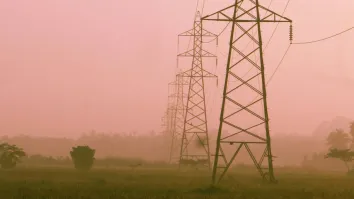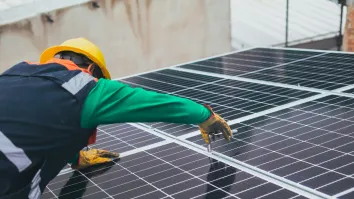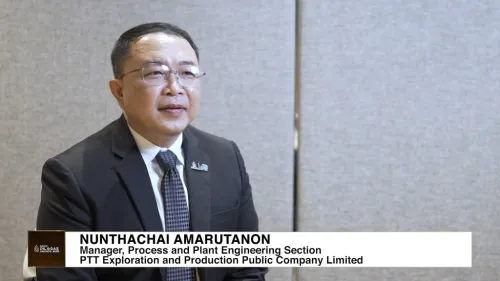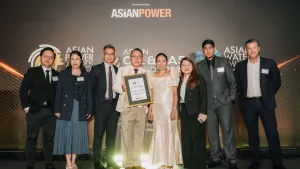How the private sector can use Myanmar's strategic environmental assessment
By Vikram KumarFor emerging economies in Asia and beyond, ‘business as usual’ is no longer enough for hydropower development. Instead, transparency, inclusiveness, benefit sharing and environmental and social responsibility, are the key actions that stakeholders and project-affected communities are looking for when it comes to private sector operations. Likewise, investors exploring new opportunities in emerging markets want a clear understanding of their project’s environmental and social risks.
Achieving sustainability isn’t easy. In Myanmar, for example, data gaps, lack of policy and clear guidelines deter quality private sector investment that can lead to long-term sustainability. Additionally, for companies investing in a sector like hydropower, understanding environmental and social risks in its entirety can be both overwhelming and daunting.
Myanmar has about 57 hydropower projects over 10 MW that are planned or under construction. There are an expected 13 additional projects between 10-30 MW. Myanmar’s overall potential installed capacity is 47,830 MW – the region’s highest.
For a robust and more sustainable roadmap, Myanmar’s Ministry of Electricity and Energy, and Ministry of Natural Resources and Environmental Conservation and IFC — with support from the Australian government — are leading a year-long Strategic Environmental Assessment (SEA) of the hydropower sector. The SEA can be equally valuable for the private sector, government and civil society. Scheduled for completion later this year, it will help decision-makers and stakeholders in Myanmar to better understand the environmental and social risks in hydropower development and to plan better by taking basin-wide approaches.
While the SEA is not a prescriptive or regulatory document, it will give planners significant information about low-medium and high-risk areas for development. In fact, companies keen to pursue sustainable business operations will be able to use the SEA to better understand stakeholders’ environmental and social values and make informed decisions on where best to locate projects. The SEA will also provide recommendations on additional policies, plans and research required to fill in some of the existing gaps in information.
Here are three additional ways in which Myanmar’s SEA could benefit the private sector:
1) Insight into stakeholder priorities and concerns: The SEA is a synthesis of numerous consultations, meetings, and engagements with a wide range of stakeholders from civil society, Union-level and regional government, private sector, NGOs, and research institutions. The SEA describes the stakeholder analysis process and provides insight into the main stakeholder groups for Myanmar’s hydropower sector. More details on stakeholder engagement can be found in the Key Findings from SEA River Basin Consultations.
2) Recognize development opportunities and risks upfront: By not investing in environmental and social sustainability, it may make or break the bankability of a project. The SEA is a first step towards understanding broader environmental and social risks for hydropower development at the national level. This should enable companies to build upon this data to conduct cumulative impact assessments and project-level ESIAs . By understanding and assessing risks upfront, projects improve their “bankability,” avoiding project delays, and improving reputation with local communities and stakeholders.
3) Propose project site location responsibly: The SEA will provide a clear indication of preferable river stretches or sub-basins for project development to meet Myanmar’s energy needs while avoiding significant environmental and social impacts. Depending on the site and project type, these impacts will vary significantly.
Myanmar’s hydropower sector, indeed, has potential to grow. This is especially so with the government aiming to increase national generation to 16,665 MW of installed capacity by 2030. However, as with other sectors, companies entering the Myanmar market should understand the full scope of developmental impacts. The SEA will get us thinking about the risks of ‘business as usual’ approach in hydropower development, and how companies can improve stakeholder engagement, adopt green technologies and avoid costly mistakes, better plan to optimize river basins, and adopt international good practices.
Hydropower companies in Myanmar, keen to learn more about Myanmar’s progress in the hydropower sector, are encouraged to join the Hydropower Developers’ Working Group. More information on the HDWG and details on how to join can be found here.




















 Advertise
Advertise








